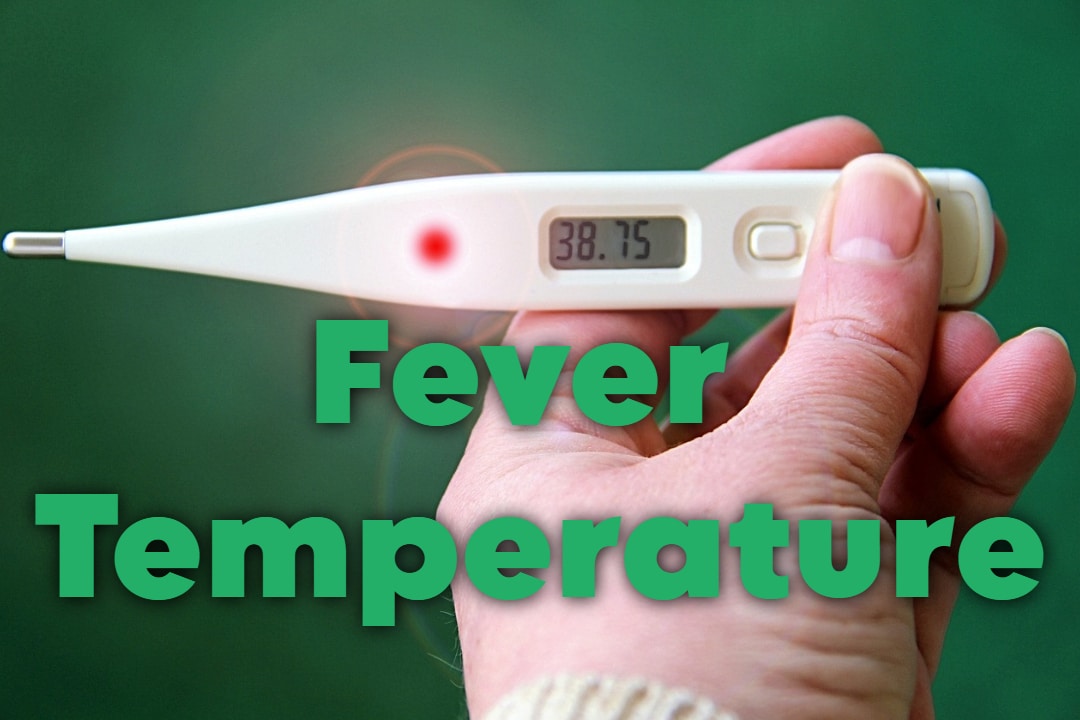Vitamin D, often referred to as the “sunshine vitamin,” is a vital nutrient that plays an essential role in maintaining overall health. Despite its importance, there has been a worrying global rise in vitamin D deficiency, affecting millions of people across all age groups. This article delves into the alarming increase in vitamin D deficiency, its causes, symptoms, and potential remedies.
What is Vitamin D Deficiency?
Vitamin D deficiency occurs when the levels of vitamin D in the body are insufficient to meet physiological needs. This condition is linked to a variety of health problems and can manifest in several ways. For instance, severe vitamin D deficiency symptoms may include bone pain, muscle weakness, and increased susceptibility to infections. Among women, low vitamin D symptoms female can also lead to complications like osteoporosis and pregnancy-related issues.
Global Prevalence of Vitamin D Deficiency
The prevalence of vitamin D deficiency is alarmingly high, with estimates suggesting that over one billion people worldwide suffer from inadequate vitamin D levels. Factors such as limited sun exposure, dietary habits, and underlying health conditions contribute to this widespread issue.
Table: Estimated Prevalence of Vitamin D Deficiency by Region
| Region | Estimated Prevalence (%) |
|---|---|
| North America | 35-45% |
| Europe | 40-60% |
| Middle East | 50-70% |
| Asia-Pacific | 30-50% |
| Africa | 25-40% |
Causes of Vitamin D Deficiency
Several factors contribute to the rising prevalence of vitamin D deficiency. Some of the most common vitamin D deficiency causes which disease include:
- Limited Sun Exposure: Spending more time indoors and using sunscreen excessively can reduce the body’s ability to synthesize vitamin D from sunlight.
- Dietary Deficiencies: A lack of consumption of vitamin D foods, such as fatty fish, fortified dairy products, and egg yolks, contributes significantly.
- Medical Conditions: Disorders like celiac disease and chronic kidney disease can impair vitamin D absorption and metabolism.
- Age and Skin Color: Older adults and individuals with darker skin are at a higher risk due to reduced efficiency in synthesizing vitamin D.
Recognizing the Symptoms of Vitamin D Deficiency
Vitamin D deficiency can lead to a myriad of health issues, many of which may go unnoticed until the condition becomes severe. Some weird symptoms of vitamin D deficiency include:
- Persistent fatigue
- Depression and mood swings
- Hair loss
- Muscle cramps
- Dental issues like gum disease
Additionally, 14 signs of vitamin d deficiency can range from bone pain and frequent infections to impaired wound healing and sleep disturbances.
Symptoms by Severity:
| Severity Level | Common Symptoms |
| Mild Deficiency | Fatigue, minor aches, mood swings |
| Moderate Deficiency | Bone pain, muscle weakness, increased illness frequency |
| Severe Deficiency | Osteomalacia, fractures, severe depression |
Vitamin D and Chronic Diseases
Vitamin D deficiency is not only linked to bone health but also to more serious conditions. Studies have highlighted potential vitamin d deficiency cancer symptoms, such as chronic fatigue and unexplained weight loss, which could be indicative of underlying malignancies. Additionally, insufficient vitamin D levels have been associated with:
- Cardiovascular Diseases
- Type 2 Diabetes
- Autoimmune Disorders

Combating Vitamin D Deficiency
Addressing vitamin D deficiency involves a multi-faceted approach that includes dietary changes, supplementation, and lifestyle modifications.
1. Incorporating Vitamin D Foods
Some excellent dietary sources of vitamin D include:
- Fatty fish (salmon, mackerel, sardines)
- Fortified dairy products
- Mushrooms
- Egg yolks
2. Sun Exposure
Regular exposure to sunlight for 10-30 minutes a day can help boost vitamin D levels. However, factors like skin color, age, and geographic location can influence the amount of sunlight needed.
3. Supplementation
For individuals with severe deficiency, vitamin D supplements may be necessary. It’s crucial to consult a healthcare provider for proper dosage recommendations.
Recovery from Vitamin D Deficiency
The time required for recovery depends on the severity of the deficiency and the treatment plan. For mild cases, recovery can occur within a few weeks with adequate sun exposure and dietary changes. In contrast, severe cases might take several months of supplementation. So, how long does it take to recover from vitamin d deficiency? Typically, 3-6 months of consistent treatment is required to restore optimal levels.
Frequently Asked Questions (FAQs)
1. What are 14 signs of vitamin D deficiency?
The 14 signs include fatigue, bone pain, muscle weakness, mood swings, hair loss, gum disease, sleep disturbances, frequent infections, depression, cramps, slow wound healing, weight gain, and poor concentration.
2. What are some weird symptoms of vitamin D deficiency?
Weird symptoms may include dental issues, hair thinning, and unexplained muscle cramps.
3. What are common low vitamin D symptoms female?
For females, symptoms include brittle nails, hair thinning, osteoporosis, and pregnancy-related complications.
4. Which diseases are caused by vitamin D deficiency?
Vitamin D deficiency can cause rickets, osteomalacia, osteoporosis, and has links to cardiovascular and autoimmune diseases.
5. What are some vitamin D foods to include in my diet?
Include fatty fish, fortified dairy products, egg yolks, and mushrooms.
6. How long does it take to recover from vitamin D deficiency?
Recovery typically takes 3-6 months with consistent supplementation and dietary adjustments.
7. Can vitamin D deficiency cause cancer symptoms?
While not directly causing cancer, deficiency is linked to symptoms like chronic fatigue and weight loss, which may be indicative of cancer.
8. What are severe vitamin D deficiency symptoms?
Severe symptoms include osteomalacia, fractures, extreme fatigue, and chronic pain.
Vitamin D deficiency is a growing public health concern that requires urgent attention. By understanding its causes, symptoms, and remedies, individuals can take proactive steps to maintain optimal vitamin D levels and improve overall health.


